In the past few years, organizations have gradually moved along the automation maturity curve as Robotic Process Automation, Intelligent Automation and OCR technologies finally hit the mainstream.
Why have so many organizations adopted Intelligent Automation technologies?
Those who have implemented Robotic Process Automation and Intelligent Automation successfully have proven to benefit from reduced costs, improved accuracy, increased productivity, and better customer experience . Automation also enables organizational agility, facilitates next-generation data analytics capabilities and boosts an organization’s overall competitiveness.
However, as organizations move along the maturity curve there is one barrier to scaling that every organization sees – the cost of maintaining and supporting their bots. Until now that is.
What does it mean to scale RPA and Intelligent Automation?
Scalable RPA and IA is not, nor ever should be, associated with the number of bots in an organization. Automation scale should refer to the strategies, processes, technologies used and, most importantly, the business results achieved. These are crucial when aligning an automation vision with the business strategy. Following that, the goal is deploying automation across an enterprise. RPA and Intelligent Automation solutions must remain agile. They need to be able to accommodate growth and rapid change. Lastly, the focus should be on creating an affordable, value-laden automation program.
Those who have successfully scaled automation technologies, first established and communicated a comprehensive, enterprise-wide vision for what they wanted automation to achieve. This shared roadmap clearly articulated what needed to be done (i.e. the value streams to be optimized, legacy systems that need to be updated), how (i.e. what automation technologies to use, integration strategy, etc.) and why (i.e. how will automation will deliver value and boost competitive advantage). The strategy should also clearly define KPIs, responsibilities and standards that can be measured and tracked.
What barriers prevent businesses scaling RPA and Intelligent Automation?
Organizations adopting RPA and Intelligent Automation face many barriers holding them back from unlocking their full automation potential. Deloitte found process fragmentation, lack of IT readiness, a lack of vision, lack of skills to implement, resistance to change, cost to implement, executive support, alignment and speed to implementation as key factors hindering scaling.
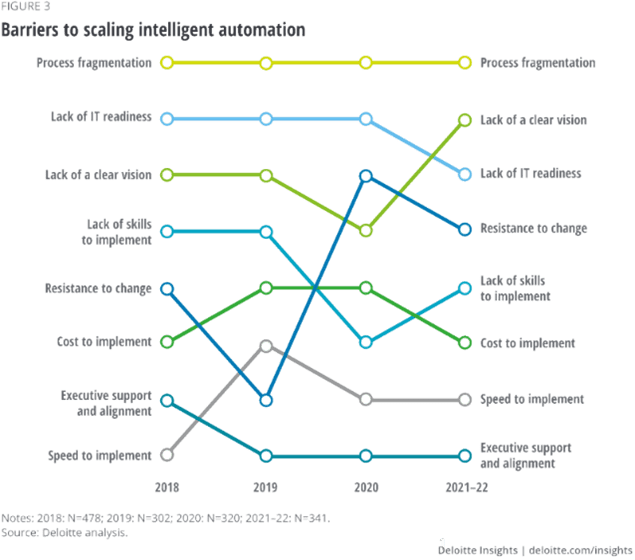
Figure 1: Barriers to scaling intelligent automation (Source: Deloitte Insights)
There’s no doubt about it: RPA and Intelligent Automation can be difficult and costly to implement, particularly when you are new to both and don’t know what you are doing. Sometimes, solutions this sophisticated require significant upgrades to IT infrastructure as well as the hiring of new, skilled automation talent and extensive reskilling of current employees. As a result, the indirect costs of IA implementation alone can outweigh the proposed benefits, IF the solution is only applied to low value processes.
So,how did multiple companies overcome these barriers to become successful?
RPA and Intelligent Automation can work. They are transformation technologies that can help define how organizations of the future will operate. The automation winners are organizations that make automation a strategic priority. They focus on people as much as technology. These organizations automate end-to-end value streams. They develop an operating model that enables scaling and can become very successful . Additionally, they focus on maximizing the utilization of their automation bots. At the same time, they aim to minimize the cost to run their automation programs to maximise their up-time benefits.
1. Make automation a strategic priority.
- Organizations cannot cope with multiple projects running at once. There are too many messages for employees to manage. Instead business leaders should pick a handful of strategic goals and focus on those i.e., align resource, messaging, rewards, KPIs etc. to them. If automation is one of those strategic priorities, then it has a far greater chance of succeeding.
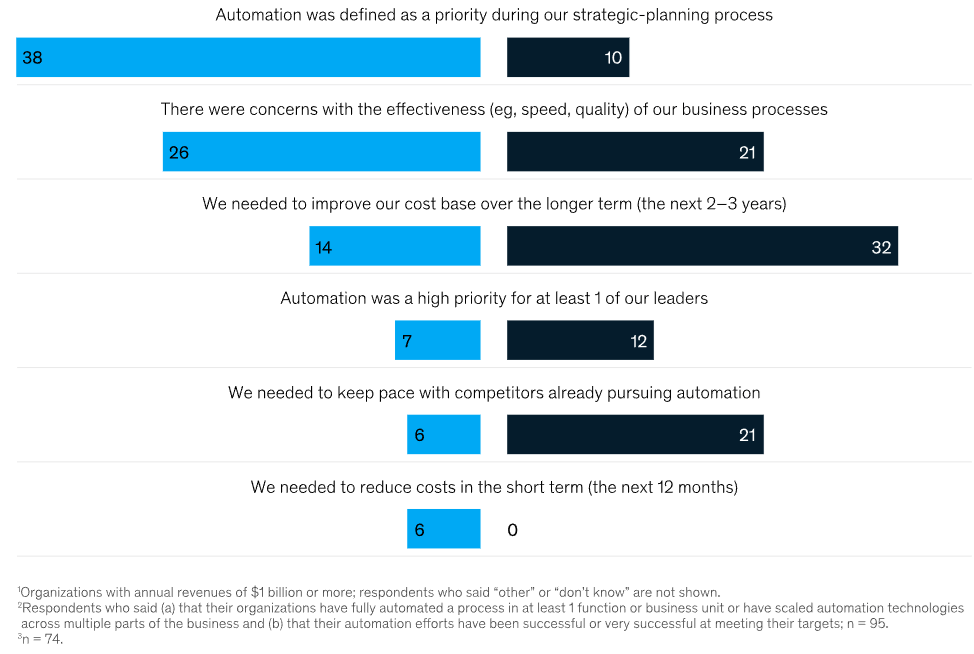
Figure 2: Respondents reporting automation success are more likely than others to say automation was and is a success (Source: McKinsey)
2.Focus on people. Successful automation efforts consider the human element when automating i.e., identifying employee automation training and capability building, augmenting people with automation as opposed to replacing them with it, considering employee experience when introducing automation, as well as implementing a comprehensive change management and governance program.
3. Develop an operating model that enables scaling. Automating processes in functional silos – for example, finance, HR, IT or customer service – will provide business value. But as automation programs scale – centre of expertise need formed and they need to properly manage the deployment of automations at scale across the entire organization. Automation programs governed by a centre of expertise – who are accountable for what goes into production – can be game changing.
4. End to End Value Streams. Automating discrete low value tasks is nether scalable, nor affordable. Instead, successful organizations automate end to end value streams across the enterprize. Successful organizations consider their entire organization under the scope of automation and then point bots at valuable use cases that are aligned to strategy. When that happens, RPA and Intelligent Automation based solutions become truly game changing and transformative in nature. Automaton can deliver return in investment figures of between thirty and three hundred per cent.
5. Focus on bot utilization. RPA ‘bots’ can be costly to license, test, implement and maintain. Also, given the nature of RPA contracts, organizations are often obligated to license a fixed number of bots per year or even over multiple years. The most successful organizations focus on maximising the utilization of bots and their automation of end to end value streams by implementing solutions such as Acronotic’s Radium AI. Such ‘digital worker management solutions’ maximize bot utilization and uptime by using AI to aggregate, classify, auto-resolve bot issues. Radium AI integrates with all the leading RPA platforms like UiPath, Automation Anywhere (AA), Blue Prism (BP) and ITSM systems such as ServiceNow. License’s are aggregated to maximize their utilization and where bots break, they are automatically fixed twenty-four-seven. As a result, organizations do not end up paying for bots they never, or rarely, use. This drives down the cost of automation widening the financial benefits an automation brings.
Scale requires cost effect AI Workforce Management Platforms
When organizations implement automation correctly, they can suddenly become better and faster than their competition. Frictionless digital workers – powered by Artificial Intelligence can, and do provide productivity gains that can be as big as those achieved through other big technological advances.
Organizations that achieve optimal results have several things in common: a clear vision and roadmap for RPA and IA success, leaders who understand the cost of automation, as well as a focus on people and business results. By implementing RPA and IA in a cost effective way – by supporting Centres of Expertise with AI infused platforms such as Radium AI – organizations can make tangible gains in their business transformation programs that might otherwise allude them. Automation works – you just have to go about it the right way.
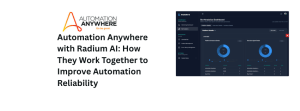

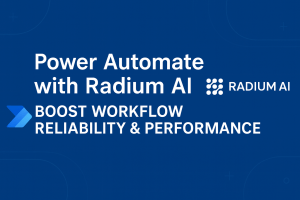
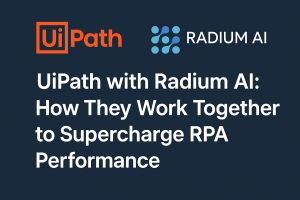
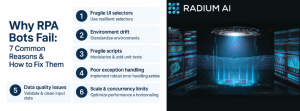
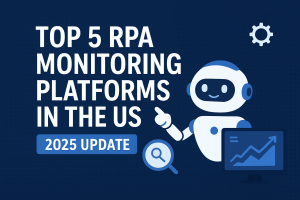



Good